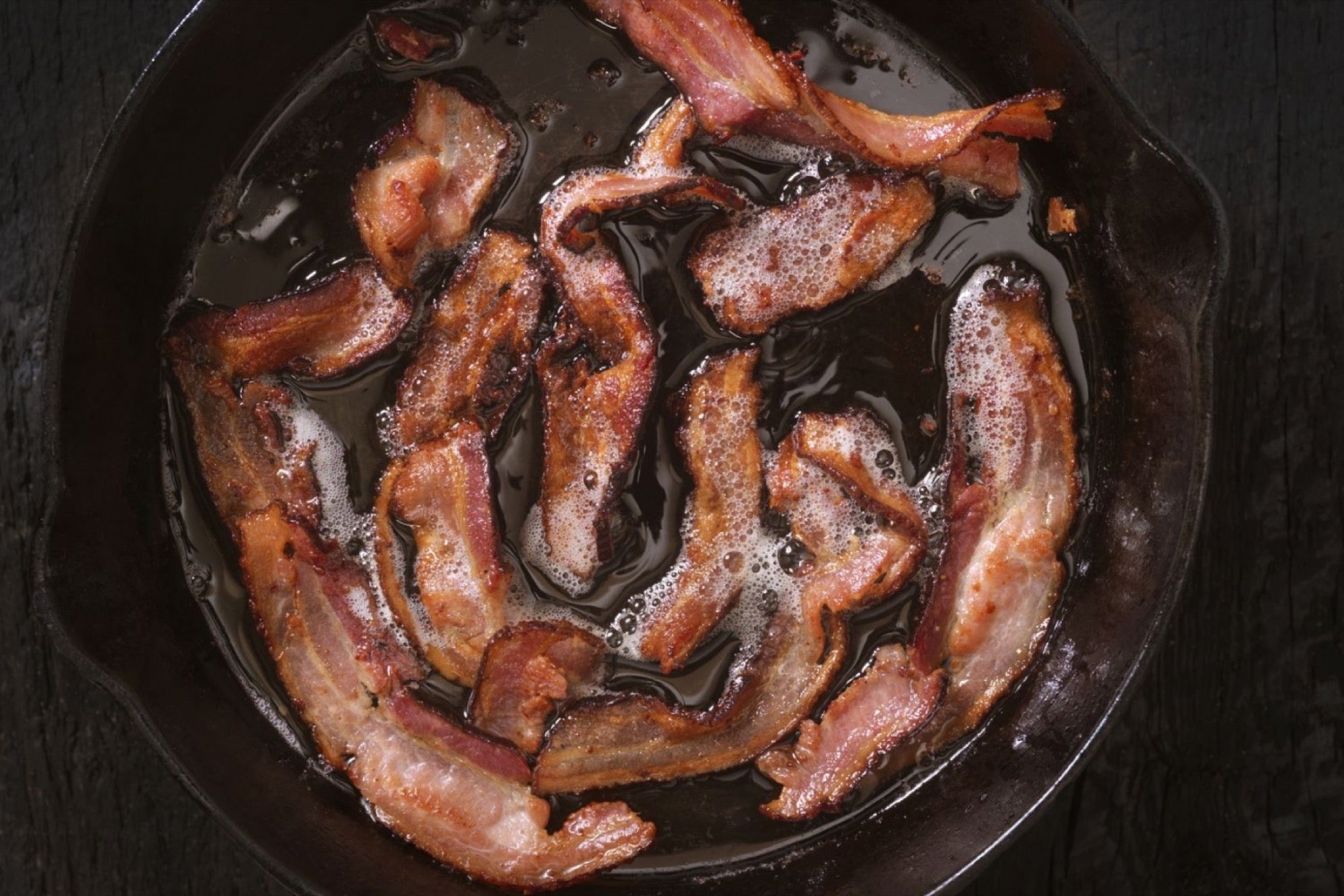Marketing Lessons from the Fake Bacon Shortage It's just not the right climate for this type of stunt tactic anymore. So how do you get creative while still staying truthful?
By Jim Joseph
Opinions expressed by Entrepreneur contributors are their own.

It's one of the oldest tricks in the book of marketing: doing a stunt. Shock and awe. Surprise and delight. Catch "em off guard. Knock their socks off.
You get the idea.
We've seen many brands use stunt marketing to great success. I mean, Redbull had a guy jump from outer space. Jean Claude Van Damme did a split between two moving Volvo trucks. And Folger's replaced a famous New Orleans restaurant coffee with their instant version, fooling restaurant goers in the process. It was all caught on film.
Stunts can be a tried and true way to build awareness and engagement with a target audience, there's no doubt about that. If you can make the news in the process, then even better, because you're getting more engagement. Create some more impact with social buzz, and you just might hit your goals.
But in the last few years we've seen a turn of events in stunts, where there's more tomfoolery than shock. More "fake news" than real news, as we say now.
A very recent example is from The Ohio Pork Council, where they shockingly warned of an impending bacon shortage. If you are at all a foodie, then you know bacon has been continually on the rise as the food du jour. It's the new black, right up there with sea salt, small cupcakes and pomegranates.
Well, when someone as credible as The Ohio Pork Council announces such a newsworthy "crisis," then of course the news is going to cover it. The Council even put up a website presumably to provide updates on the shortage at BaconShortage.com.
Turns out, though, that it was merely a marketing ploy to keep bacon top of mind and in the news. It worked, yes. (Although that website is now down.)
The problem is that the cultural landscape has changed. Drastically. Fake news and alternative facts and gas lighting have put a new lens on telling substantiated truths. Consumers not only assume that you're telling the truth, they expect and demand it. And when they smell something unreal, they call it out. Socially. Instantly.
So, a fake news story to cause a stir is likely to cause the wrong kind of stir these days. It's just not the right climate for this particular type of stunt tactic anymore. It comes across as inauthentic and shady, to tell you the truth. This coming from a guy who himself has done these kinds of stunts. I'm not judging, just learning how to adapt.
Don't get me wrong, it's creative. But creative news doesn't fly anymore.
So how do you get creative while still staying truthful?
Base your campaign in fact.
While stunts and surprises may still work in marketing, they now need to be based in fact. And authenticity. And reliability. Start with some usual statistics about your business that your target audience may find interesting. And then move into a creative hook based on those facts. I'm sure The Ohio Pork Council has some very fascinating statistics about bacon consumption, given our current cultural obsession. Those facts could have been just as compelling as a fictional shortage.
Understand the cultural landscape.
Whenever we come up with a marketing program, we must bake the cultural landscape into our thinking and ideation. We must stay current with prevailing attitudes and either tap into them or ride alongside them. We can't run counter to them. You should pay particular attention to how your customers are feeling at the moment, and run your marketing programs in parallel to them, not in opposition.
Stay true to your brand.
Perhaps most importantly, know who you are as a brand and stay true to it. If you are always truthful and positive as a brand, then don't stray too far from it. You'll confuse your customers and make them start to doubt your intentions. If you're known to be more on the edge, then you take more creative liberties with your branding. But in this environment, it's still pretty risky.
Yes, you should still try to delight your customers with some surprising moments. But keep them truthful, at least in this current "fake news" environment. Keep them positive, particularly in our current culture of negativity. Have them unite us rather than try to fool us. We need that now more than ever.
Plus, you'll win more in the end.










